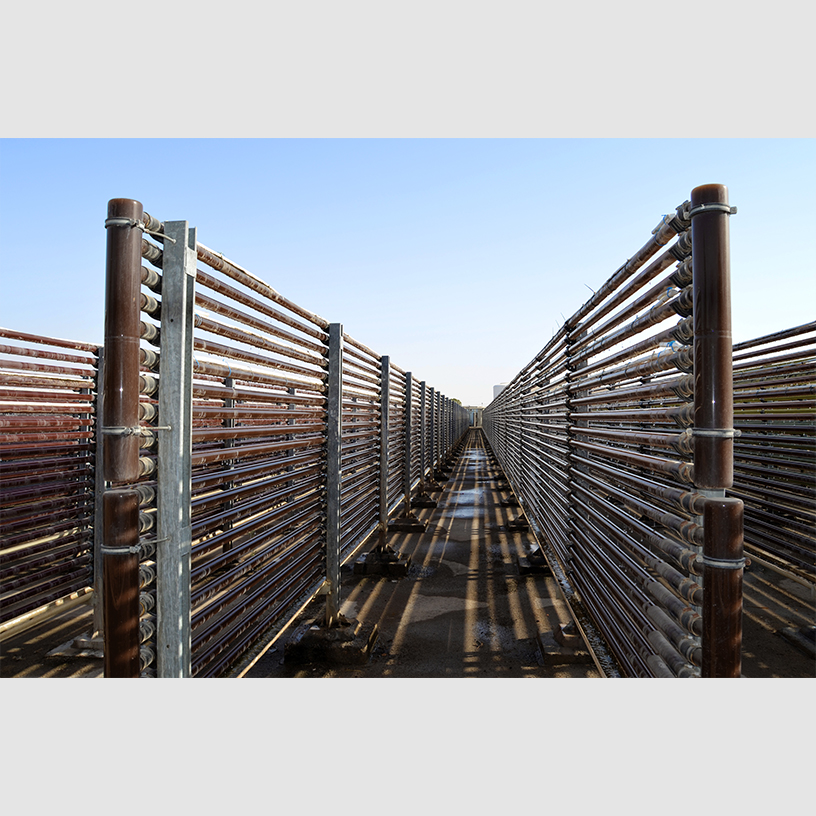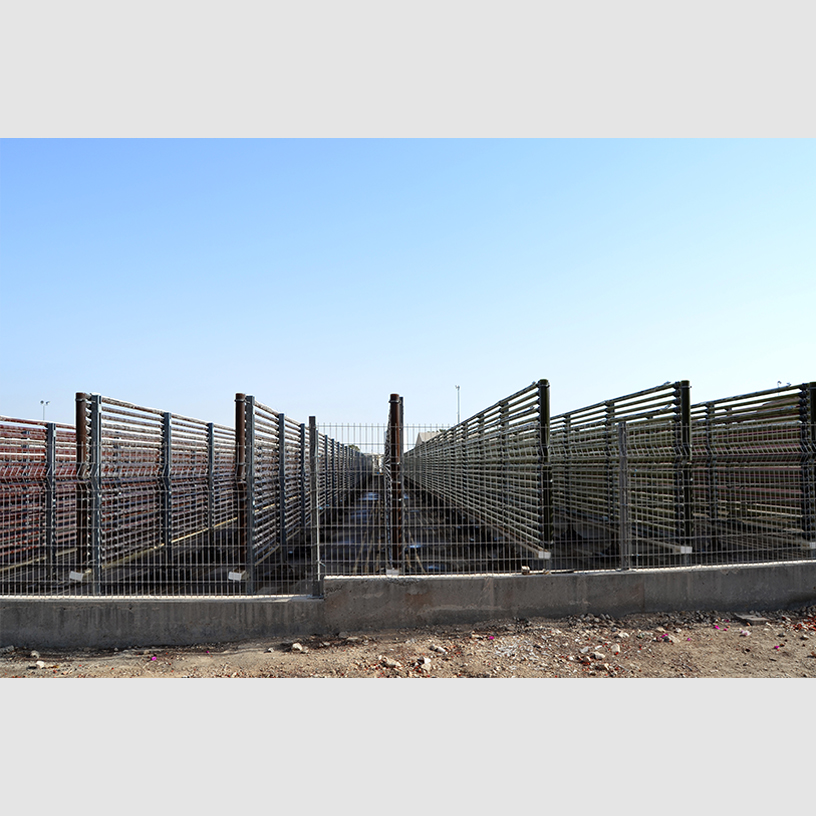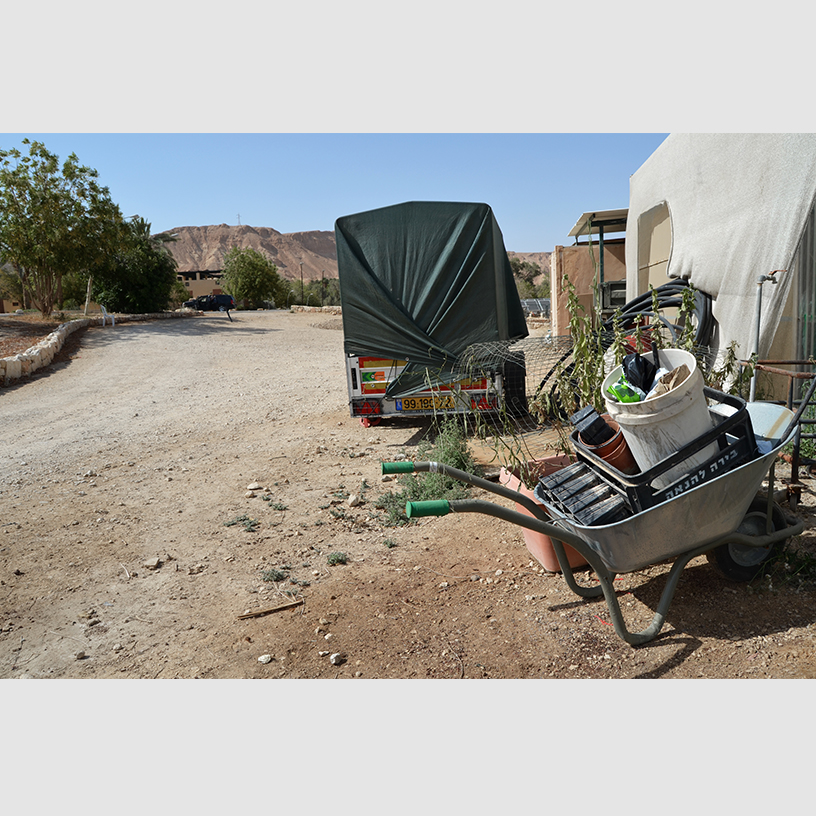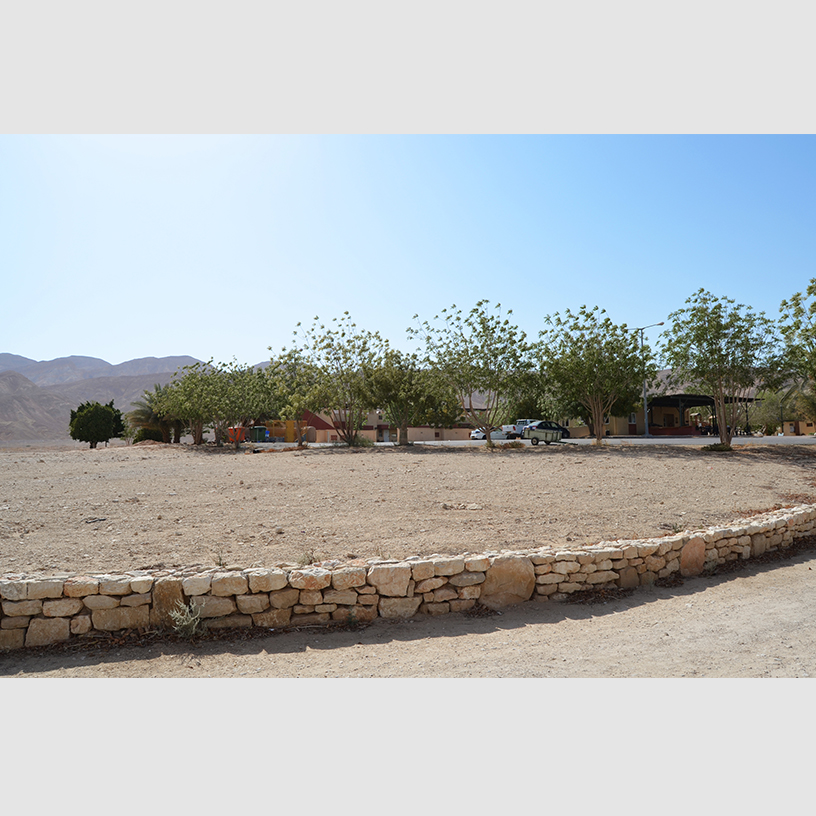SEAWEED IN THE DESERT Installation, Video, Photographs
In the heart of the Arava desert (Kibbutz Ketura, near Eilat in Israel), one of the three largest enterprises in the world for the cultivation of red unicellular microscopic algae called Haematococcus pluvialis successfully operates.
They produce the so-called “red gold”, a natural pigment of red color astaxanthin, the cost of one kilogram of which on the world market reaches tens of thousands of dollars. It is a pigment and a powerful antioxidant that is widely used for the production of food additives, in cosmetics, the healthy food industry and pharmaceuticals.
Haematococcus pluvialis slows down aging at the cellular level, improves lipid metabolism, prevents the development of atherosclerosis and diabetes, strengthens the immune system. What is the growing process? First, microscopic red algae is grown under favorable conditions. But they only produce red pigment under stressful situations, and the stronger the stress, the more pigment is produced more actively. Therefore, before the harvest of algae, at the very last stage they are placed in glass tubes that expose the desert under the scorching sun on an area of 25 dunums. The main buyer of algae is Japan, located tens of thousands of kilometers from the Arava desert, where Kibbutz Ketura is located.
The production of algae is paradoxical in terms of its location, but it was this paradox that I was interested to study from an artistic point of view in my art project “Seaweed in the Desert”. The art project includes videos and photographs of the production of seaweed and the environment ‒ the Arava desert, where it is located.





